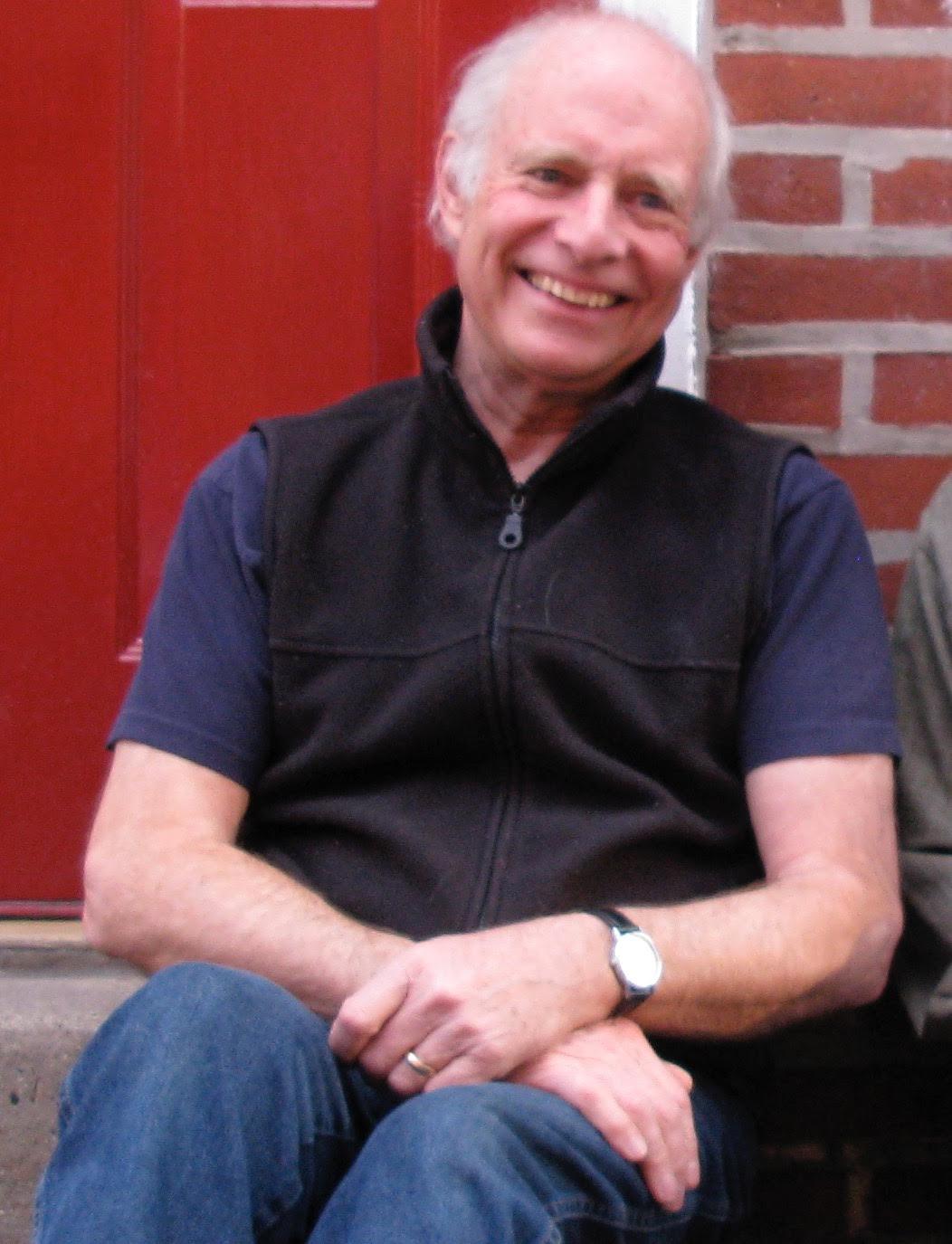by Gretchen Wing
“Planning is learning and learning is planning,” says Dennis Ryan. The passive solar home he designed, with its rammed-earth walls, demonstrates the all-encompassing nature of design for Dennis. He has treated most of life’s questions—where and how to live and work—as opportunities to learn, to plan, and to pass that learning-and-planning on to others.
Dennis doubtless inherited some of his aesthetics and can-doism from his artist mother and his father who, with the help of young Dennis and his brother, built their house in upstate New York. “I could see he loved it…and that’s what got me interested in building and design, seeing it come out of the ground.” When his father left his IBM job, the Ryans moved to Fort Lauderdale, Florida, and started a building company. Entering high school, Dennis enjoyed the beach culture, but he was also broadening his perspective. In 1958, downtown Ft. Lauderdale was deteriorating in recession. “My interest in cities was kindled then, I think,” Dennis says. At graduation, he chose to study architecture at Clemson University in South Carolina.
Dennis loved college, touring the region as trombonist in the band. But architecture was even more compelling: “I couldn’t get enough of it.” His professor’s approach was multi-dimensional—art, color, materials, landscape—and focused on design. “You had to defend your decisions: what’s the driving principle?” That concept never let go.
In 1966, Dennis graduated into an America dominated by LBJ’s War on Poverty and focus on cities. The idea that design could work on a city scale was dazzling, and Dennis enrolled in grad school at University of Pennsylvania to pursue it. Philadelphia presented a powerful challenge: “We were trying to approach planning with simplicity, but cities are not simple things.” He and a small group of students joined the fight against a proposed cross-town expressway, but ended up challenging their own department to change the way they were being taught planning. Early on, questioning authority went hand in hand with learning.
Among that group was Dennis’s future first wife, Beatrice (“Trixie”). After marrying Dennis in 1968, Trixie wanted to return to California, so the couple found jobs with the city of San Francisco, which needed an urban design plan. To invent one, Dennis’s team tried to visit each of the city’s thousands of blocks—first on foot, later, by bus. But they developed their principle, turning the city away from its pro-business focus, back toward neighborhoods. “It was a heady time for that city,” Dennis says. But he missed working with young people. So back he went to Penn for his Ph.D, while Beatrice worked for their old professor in New York. By then the Ryans had two sons, and when the newly minted Dr. Ryan got a job at University of Washington in 1975, the whole family moved to Seattle.
Seattle’s issues were similar to San Francisco’s, and Dennis could now apply his own driving principles to his students’ approach. He started an urban design school for undergrads, including branches of planning, architecture, and landscaping, with a focus on continuity—connecting the new with the old. But his real passion was to push the university to create the best environment for learning. “You’re trying to appeal to the students’ optimism, their hope,” he says. “They want to do something.”
In the 1980s, budget cuts undermined Dennis’s program, so in the early 90’s he created a new one: Community Environment and Planning. “Education is really about owning this objective of education; instead of taking a major, you have to make your major.” The program invented itself, even making decisions by consensus. Dennis describes this time as “totally scary and totally beautiful.” The C.E.P. continues to this day, providing undergrads with “an internship in the world.”
By this time, Dennis and Trixie had divorced; soon after, Trixie was killed in an accident. In 1990 Dennis married Meg Anderson Kelbaugh. Meg shares Dennis’s passion for design, with a landscaping focus. Looking for somewhere to relax together, the couple chose Lopez. “I needed a place to teach my sons carpentry,” Dennis laughs, so they bought a little farmhouse to fix up.
The “planning and learning” life continued for several years as Meg and Dennis’s families combined, designing and building new houses in Seattle and Madrona, until their children launched themselves. In 2005, Dennis says, “Meg dragged me” to live full-time on Lopez. To his question, “What’ll I do?” she responded, “You’ll figure it out.”
Meg’s prediction came true, as the Ryans’ beautiful house and grounds attest. Despite teaching past retirement at UW, Dennis, now a true full-timer, also helps shape the Lopez environment through the village planning committee and the San Juan Arts Council. Last year’s home tour feature required finishing multiple projects, but now new crossroads are appearing: Meg’s granddaughter is a powerful pull back toward Seattle. Still, no matter the next step, planning and learning will doubtless continue.



